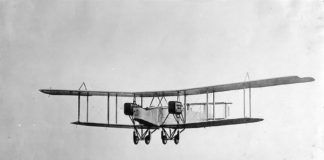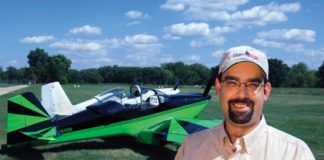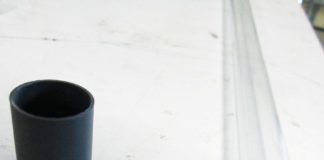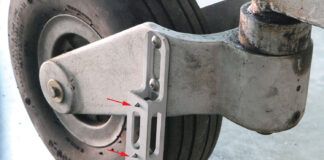Wag-A-Bond
Ray Hill has built one beautiful airplane [“Ray Hill’s Wag-A-Bond,” March 2015]. However, the author, Dan Horton seems to have gotten carried away with his descriptions. He mentioned that the airplane has a skylight for steep turns. Looking at all of the pictures, a skylight doesn’t show in any of them. I did enjoy reading the article, and it made me want one. Ray Hill should be very proud of his beautiful little airplane.
-Richard Warner
Dan Horton responds: You have a sharp eye sir…no skylight in Ray’s Wag-A-Bond. I can only assume my memory was somehow compromised by the photo plane’s skylight (Rans S-7) or my friend’s Legend Cub. Until reviewing my photo file, I could have easily passed a polygraph test on the matter.
Z-Brackets
David Paule wrote a good article on Z-brackets [“Stressing Structure,” March 2015], but where is the lift load? He stated that he ignored the aerodynamic loads. I do not know the specifics of the RV-3B, however, with a very rough calculation, given that airfoil lift is concentrated near the nose and wing lift is concentrated at mid span, I estimate that the aerodynamic lift will nearly, if not more than, offset the fuel load. I agree it is customary to ignore some minor loads to reduce calculation complexity. However, here I think the aerodynamic load is the major load.
-Daniel MacPherson
David Paule responds: First off, I want to say that you’re entirely correct about needing to consider the aerodynamic loads for a real analysis. And your suggestions as to which might be relatively important are valid. I deliberately didn’t include them since all I wanted to do was introduce the concept of the free-body diagram and show how the Z-brackets carry the shear load. However, that was beyond the scope of the article.
The whole subject of calculating aerodynamic loads is one that I am not planning to get into in the series. All I’m doing is showing ways to analyze the structure for those loads once they are there.
Always
With all due respect, the airplane pictured on page 52 of the March 2015 edition [“Checkpoints: Fly-In Gems”] is not an A-20, but rather an A-26. After the retirement of the Martin B-26, the A-26 was given the B-26 designation. This is how it was known during the Korean War and beyond.
-George Swinford
Just wondering if anyone else remembered Richard Dreyfuss et al. in the movie Always actually flying an A-26 Invader rather than an A-20 as mentioned in the caption and Vic’s text. The fuselage, tail feathers, and canopy profile are clearly that of an Invader; maybe just a typo?
-Chip Mauldin
Vic Syracuse responds: My bad. We all called it an A-20, and so did Dave Andrews, but it is registered as a TB-26C, and in fact is the one in the movie. Google TB-26C and you will see the actual airplane N4818E in the Fire Eaters paint job and the name “Always” on the nose.










